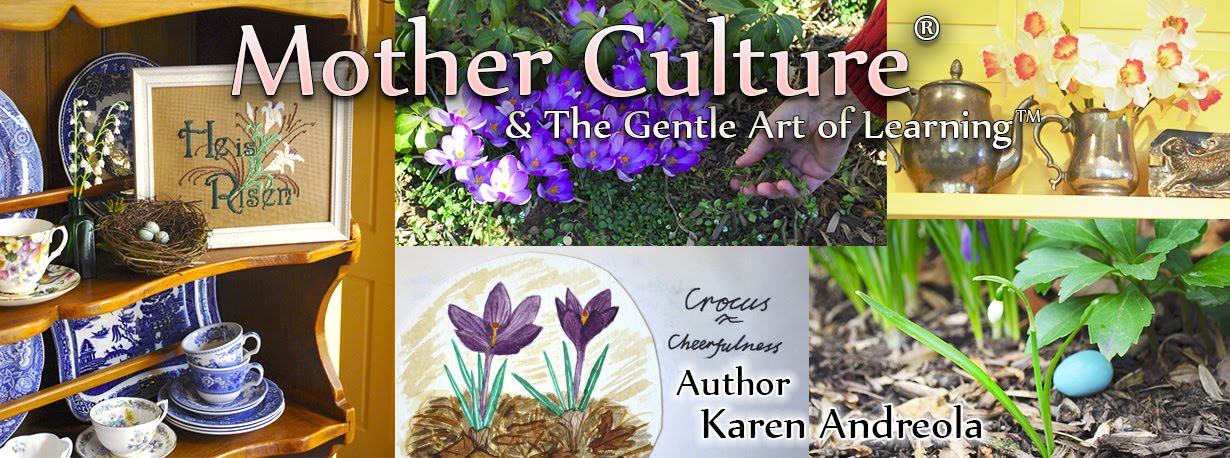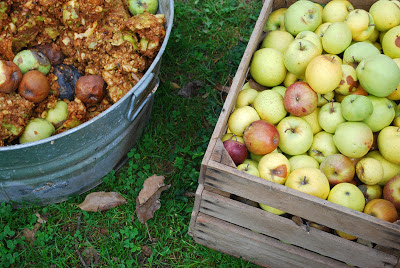Farmer Boys and Pioneer Girls
(books for children)
Dean and I visited the Hans Herr House and Museum on Shnitz Day. Built
in 1719 it is the oldest house in Lancaster and the oldest Mennonite
meetinghouse still standing in America. The parking lot was over-full. Cars parked
on the grass. I enjoyed the couple of hours we meandered. We meandered with
interest from demonstration to demonstration and then sat down to hear and
watch some blue grass players.
In addition to feeling a little odd
being without the company of offspring, I was taken aback (I could almost say
“spooked”) when I overheard a mother ask her semi-circle of girls, “Where’s
Nigel?” Not only is Nigel an uncommon name in these parts but it is also the exact
phrase that once passed my lips to my girls about their little brother . . . often.
These photographs were taken on Shnitz Day. My favorites are the girl
hanging the washing and the red woven bedspread.
Later, when we returned, stories of settlers came to mind – which gave me the idea to share them with you. Scroll along stopping at whatever catches your fancy. Our Nigel helped me add links for you.
Later, when we returned, stories of settlers came to mind – which gave me the idea to share them with you. Scroll along stopping at whatever catches your fancy. Our Nigel helped me add links for you.
When my children were young I chose this time of year to read aloud Ox-cart Man by Donald
Hall. It ended up becoming an autumn family tradition. I find it a simple,
somewhat poetic picture of early American rural life.
Maybe it is the girl with her embroidery hoop in hand that endears me to
its pages.
Do you see (back a couple photos) how the book's cover depicts a blue oxcart? I
had always assumed that the bright blue made eye-catching cover-art. That’s
all. Seeing the blue covered wagon, however, at Hans Herr seemed too much of a
coincidence. Lancaster, Pennsylvania is were the Conestoga wagon originates.
Museums strive for accuracy –even with colors. Therefore, Barbara Cooney’s
cover-art blue is likely to be accurate, too.
Traveling in a Conestoga wagon is probably how Ann’s family left
Gettysburg to settle further west in The Cabin Faced West by Jean Fritz. The pioneer girl
you see pictured on the cover is Ann, the author’s great-great-grandmother.
Ann
told the story to her children and children’s children. You’ll find out why her
story is repeatable when you read to the end. Don’t peek. The book is short
enough so you should be less tempted to leaf ahead.
The Cabin Faced West would brighten the study of American History (third grade reading level).
As a read-aloud it is marvelous for end-of-the-day de-stressing.
As a read-aloud it is marvelous for end-of-the-day de-stressing.
Who traveled from east to west with apple seeds and tree seedlings? Johnny Appleseed. His
name is John Chapman (1774-1845). He was born in Massachusetts. And although
tall-tales may have sprung up about him, he is a real person with resilience
and resolve who did steadfast acts of pioneering.
The puny apples picked off the ancient apple trees at Hans Herr for
Shnitz Day look just like the apples that grew on our old trees in Appleton,
Maine (and those in Lessons at Blackberry Inn). From our spotted and dimpled apples my girls decided to make
applesauce.
The best use of a bumper crop of little apples is cider making. Mashing
apples into juice for cider results in mounds of apple cores. Inside the cores
are seeds. Johnny Appleseed could
have the seeds for free. This sparked the idea to start an apple seedling
business from them. He traveled on foot from farm to farm helping families plant
orchards on their homesteads.
The Sower Series is a set of biographies that does not skim over a
person’s relationship with Christ. Because I have read several titles from this
series and found them excellent, I can safely say that Johnny Appleseed by D. Collins is worth looking
into for ages 10-14, although I haven’t read this particular title.
I've read Who Was Johnny Appleseed? by Joan Holub and found it
pleasant and informative. Its simple text and cheery line drawings make it
suitable for an average third grade reading level.
At Hans Herr one demonstrator made an apple pie and baked it in a brick
oven. That same week Yolanda told me that she tried a new technique with
“Grandma Opal’s Apple Pie” from Allreceicpes.com.
Fill a pie shell with chunks
of raw apple.
Cover with lattice.
While a pot of caramel (butter and brown
sugar) on the stovetop is still hot, pour it through the lattice and bake.
Yolanda was happy at how her pie turned out and I’m sure her husband was, too.
1. It has a story to it.
2. It is chockfull of
drawings.
3. It offers instructions for “hands-on”
projects.
The Robertson family (fictional) is
never in want of something to do. They start the year with maple sugaring.
Fields are cleared, potatoes are planted, cows start giving milk, and bees
start making honey. Sheep are sheared, wool is spun, and cloth is woven.
Summertime visits from nearby
Indians, the cobbler, the peddler, and the itinerant preacher, make the
Robertson’s life more interesting as do the girls’ trips to the general store
and post office. Mr. Robertson and his sons fish and hunt. Most impressively
they build a two-story timber frame house.
By autumn the family moves out of
their log cabin and into their new house. They make ready for winter with a
corn husking social, by threshing wheat, drying apples, preserving meat, making
candles, and splitting firewood.
The year ends with Christmas
traditions, bread baking and a shadow puppet show. One project is a punched tin
sconce made from pie plates. You might choose cheese making, cloth dyeing,
candle dipping, stenciling, or the threading together of a jumping-jack
puppet.
A Pioneer Sampler would be a good accompaniment to Laura Ingalls
Wilder’s Farmer Boy - a peek into the childhood of her husband, Almanzo Wilder.
Almanzo is nine years old at the beginning of the story – the youngest in the
family. Their days in New York State were full of multi-skilled chores from
sunrise to sunset - similar to the seasonal chores listed above. It’s been
decades since I read Farmer Boy
aloud but I can still picture its episodes as if I had watched a film. And how
could I forget the parlor wallpaper incident?
On page 136 of A Charlotte Mason Companion I mention Farmer Boy as a useful book for ushering in a narration. My
quiet child found it difficult to narrate from Little House - On the Banks of Plum Creek. Frankly there is not much happening
in this book. I put it aside and replaced it with Farmer Boy. It did a better job of “feeding” her imagination.
My word “feeding” has a double meaning because anyone who has read this
book aloud can attest that the book is mouth-watering. All those delicious
meals made from scratch and cooked on a wood-burning stove, minutes after the
fruits and vegetables were picked from the garden, put a giggle in us both as
my daughter narrated. Our stomachs growled. Eventually I scheduled this to be
our last lesson of the morning so we could make lunch directly afterwards.
Isn’t it nice how home education allows a family to be flexible?
Happy Reading
A favorite pioneer girl of my daughter's is Caddie Woodlawn. My review of the book it is on this post.
Comments are Welcome,
Karen Andreola






























